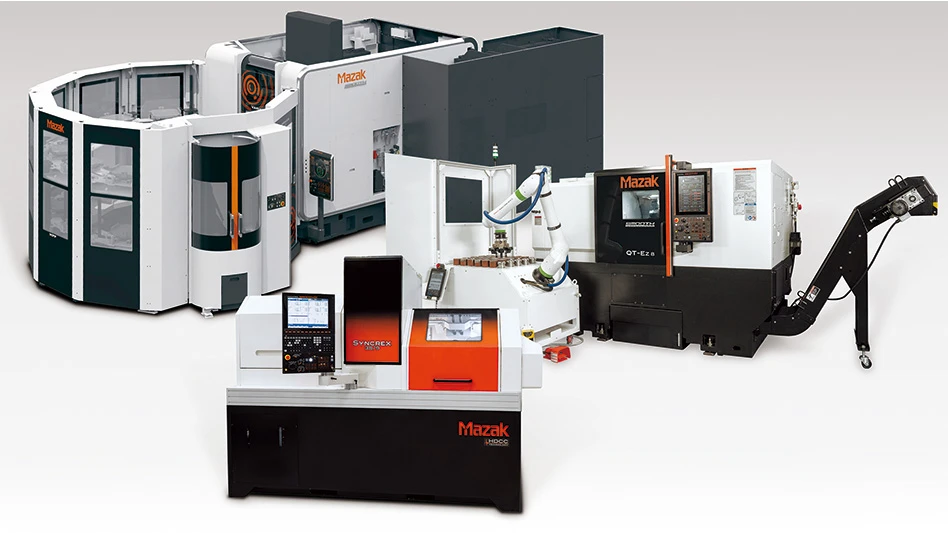
Throughout the years coverage of exoskeletons in our magazine has been basically on the medical side. First there this article on Vanderbilt’s development of the Indego, now a part of Parker Hannifin. I was lucky enough to get to witness Michael Gore, a T10 paraplegic stand and walk from this technology. Following that we looked at ReWalk’s motorized exoskeleton. Since then, the advancements have come at a rapid pace.
Ekso Bionics received an NIH grant for pediatric rehabilitation exoskeleton prototypes; Parker Hannifin furthered its investment in prosthetics by investing in Freedom Innovations; and then there’s the grants to universities for research to continue advancing the technology and applications.
- Joo H. Kim, an assistant professor of mechanical engineering at the NYU Polytechnic School of Engineering, is addressing those issues and has won a three-year, $539,176 National Robotics Initiative grant from the National Science Foundation to advance his research, which will have particular utility for those with disabilities affecting the lower limbs.
- Carnegie Mellon University’s Steve Collins and his collaborator Greg Sawicki at North Carolina State University have discovered a way to make humans more efficient at walking.
- Paralyzed from the waist down after a BMX accident, Steven Sanchez rolled into SuitX’s Berkeley, California, office in a wheelchair. A half-hour later he was standing and walking thanks to the Phoenix—a robotic exoskeleton now available for around $40,000.
- The Wyss Institute for Biologically Inspired Engineering at Harvard University has entered into a collaboration with ReWalk Robotics Ltd., to accelerate the development of the Institute’s lightweight, wearable soft exosuit technologies for assisting people with lower limb disabilities.
- The Spanish National Research Council (CSIC) introduced the world’s first infant exoskeleton, designed to help children with spinal muscular atrophy, a degenerative illness which affects one in ten thousand babies in Spain. Weighing 12 kilos, the apparatus is made of aluminum and titanium, and is designed to help patients walk, and in some cases for the first time. The technology, patented and licensed jointly by CSIC and its technology-based business unit, Marsi Bionics, is currently in the preclinical phase.
- In a major advance, researchers from Beihang University in China and Aalborg University in Denmark have designed a lower-limb robot exoskeleton – a wearable robot – that features natural knee movement to greatly improve patients' comfort and willingness to wear it for gait rehab.
So today we can add to that Lockheed Martin.
A release from company officials stated that eyeing a new generation of industrial and military exoskeletons, Lockheed Martin has licensed the bionic augmentation technology Dermoskeleton from B-Temia Inc.
Dermoskeleton, the basis for computer-controlled devices that can increase mobility and load-carrying capacity by counteracting overstress on the lower back and legs, and the company's technology license permits use of B-Temia technology to products for military, industrial, commercial, and first-responder applications.
"This technology offers a pathway to increased loadbearing and greater agility for our FORTIS industrial exoskeleton," says Glenn Kuller, advanced and special programs vice president at Lockheed Martin Missiles and Fire Control. "It can also help to solve existing limitations of powered exoskeletons for our military and first responders. We're excited about the potential we see here."
The FORTIS exoskeleton is an unpowered, lightweight exoskeleton that increases an operator's strength and endurance by transferring the weight of heavy loads from the operator's body directly to the ground. This is done through a series of joints at the hips, knees and ankles. This originated from Lockheed Martin's exoskeleton research to assist soldiers in carrying heavy equipment across long distances The same principles were applied to exoskeleton development for use in industrial settings.
Technology continues to amaze and advance at a quick pace.
Latest from Today's Medical Developments
- There’s still time to register for this week’s manufacturing industry webinar!
- Arterex acquires Phoenix S.r.l., a leading Italian medical device solution provider
- FAULHABER’s expanded portfolio of high-performance DC motors
- NAMSA will acquire WuXi AppTec facilities in Minnesota and Georgia
- Tolomatic’s Drive Integration Tool
- Cutting Edge Innovations: Maximizing Productivity and Best Practices with Superabrasives
- The toolbelt generation
- Covestro's role in transforming cardiac care





